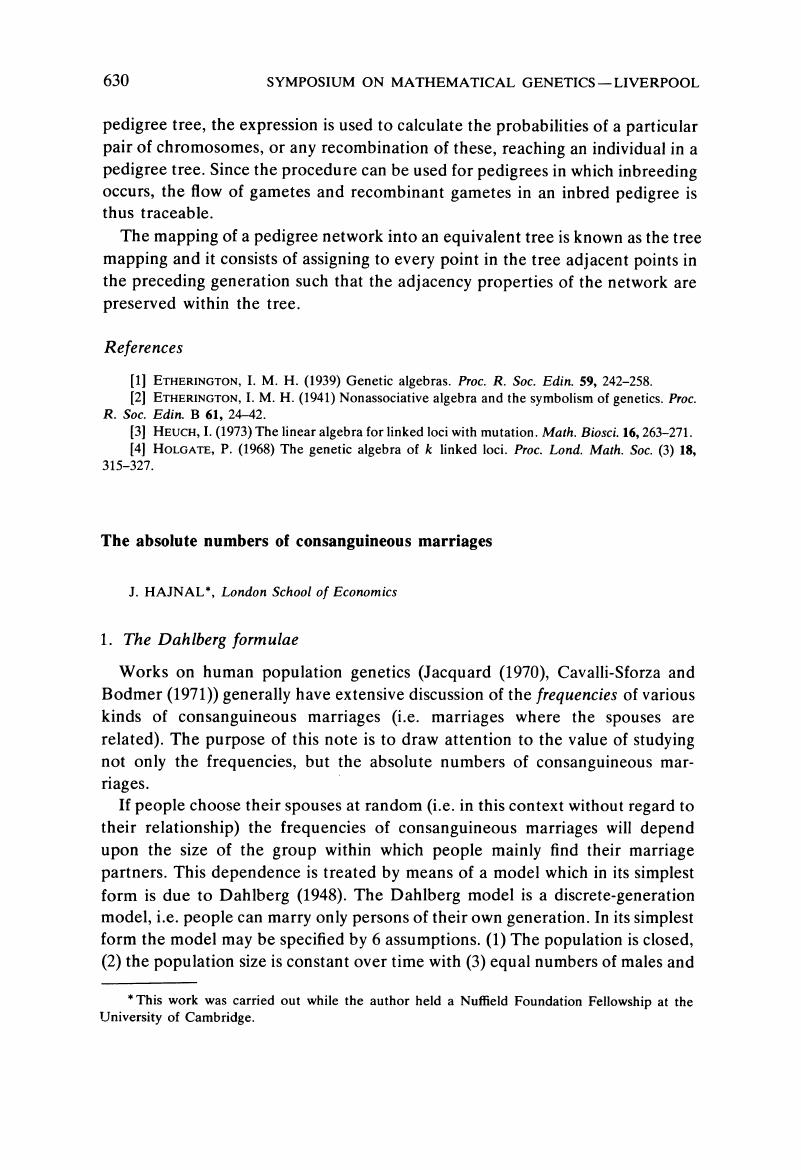Crossref Citations
This article has been cited by the following publications. This list is generated based on data provided by Crossref.
Leslie, Paul Willard
1985.
Potential mates analysis and the study of human population structure.
American Journal of Physical Anthropology,
Vol. 28,
Issue. S6,
p.
53.


